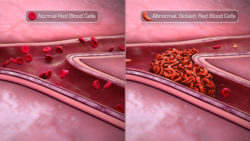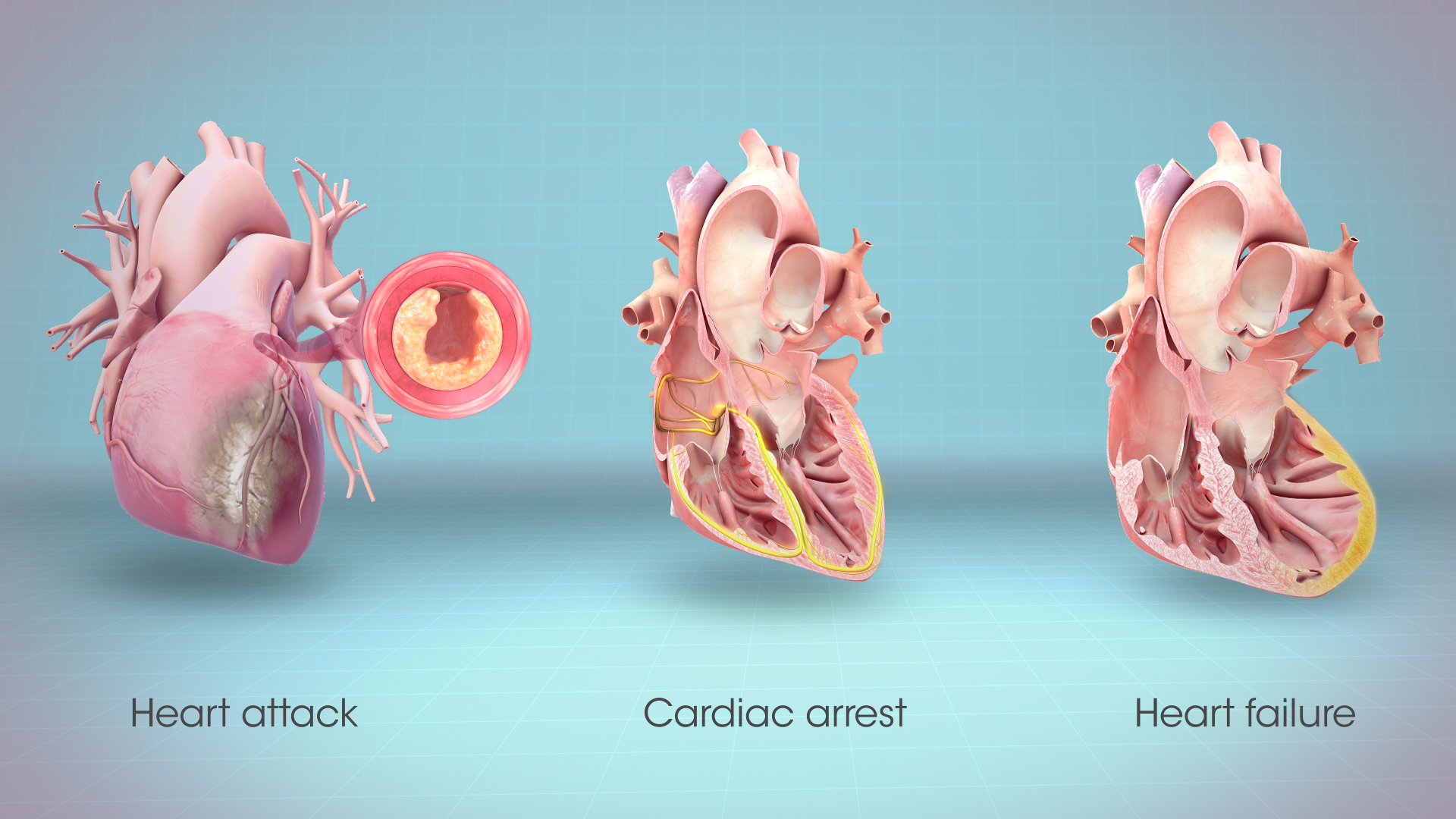We often hear ‘heart attack’ and ‘cardiac arrest’ interchangeably. While it’s true that having a heart attack may cause cardiac arrest, many times these occurrences happen independently of each other. If we imagine the heart to be a house, one way to explain the difference between the two conditions is that one is a plumbing problem, while the other is an electrical problem.
But the confusion doesn’t end there. There’s something called ‘heart failure’ too. Now what’s that?
So we thought of clearing the dazing terminology for you, once and for all. Read on.
Heart Failure
The American Heart Association describes heart failure as a condition of ‘inefficiency’ in its pumping function. In other words, the condition is the outcome of the pump not effectively being able to push enough blood out through the arteries to the organs and tissues. It does not mean, however, that the heart is about to stop at any time – it means it isn't working as well as it should.
When the above condition worsens, it results in what is known as ‘Congestive heart failure’, wherein the blood flow from the heart through the arteries has a retarded speed, while blood returning to the heart through the veins has begun to back flow. The combined effect of this being a congestion (a blood traffic jam) in the vital body tissues.
A heart failure can cause edema, usually in the limbs, or anywhere in the body. It can also impair the the working of kidneys to dispose off water and sodium, causing further swelling. Pulmonary edema paves way for fluid collection in the lungs, thereby interfering with breathing.
This inefficiency of the heart usually develops after a heart attack, as the heart muscle becomes weak and loses its power to squeeze out blood. Let’s understand heart attack further...
Heart Attack
Myocardial infarction, as doctors call it, is a circulation problem. When circulation is blocked or cut off in some way and blood is no longer supplied to the heart muscle, this can damage that muscle.
Blockages causing heart attacks are mostly caused by a buildup of plaque in the coronary arteries. Plaque forms when cholesterol combines with fat, calcium and other substances in the blood.
This hardened structure, when ruptures, results in a blood clot. Large clots can completely block the flow of blood through an artery.
Seldomly, a heart attack can also occur by a spasm of a coronary artery. During coronary spasm, the coronary arteries constrict on and off, causing reduced blood supply to the heart.
It’s important to note here that a heart attack occurs when the blood supply to a part of the heart stops which causes that section of the heart muscle to die. This is very different from a cardiac arrest which occurs when the heart stops beating as a whole.
Following are some more details about cardiac arrest...
Cardiac Arrest
Sudden cardiac arrest kills more people than road accidents, gunshots, fires, various cancers, and AIDS combined!
Cardiac arrest is the result of electrical disturbances that cause the heart to suddenly stop beating. So the heart stops pumping blood around the body which leads to abnormal breathing.
Those with coronary heart disease and the elderly are at a higher risk, but cardiac arrest can happen to even seemingly healthy people. A family history of arrhythmias or heart related problems can also indicate higher risk. Sometimes, people who are having heart attack have a complication of sudden cardiac death if they don't get to the hospital soon enough, yet most heart attacks do not lead to sudden arrest.
A sudden cardiac arrest strikes without warning: A person collapses and has no pulse, no consciousness and no breathing, in contrast to a heart attack which warns through discomfort (sometimes pain) in the chest; nausea or vomiting; pain in the jaw, neck or back; discomfort in the arm or shoulder; and shortness of breath.










